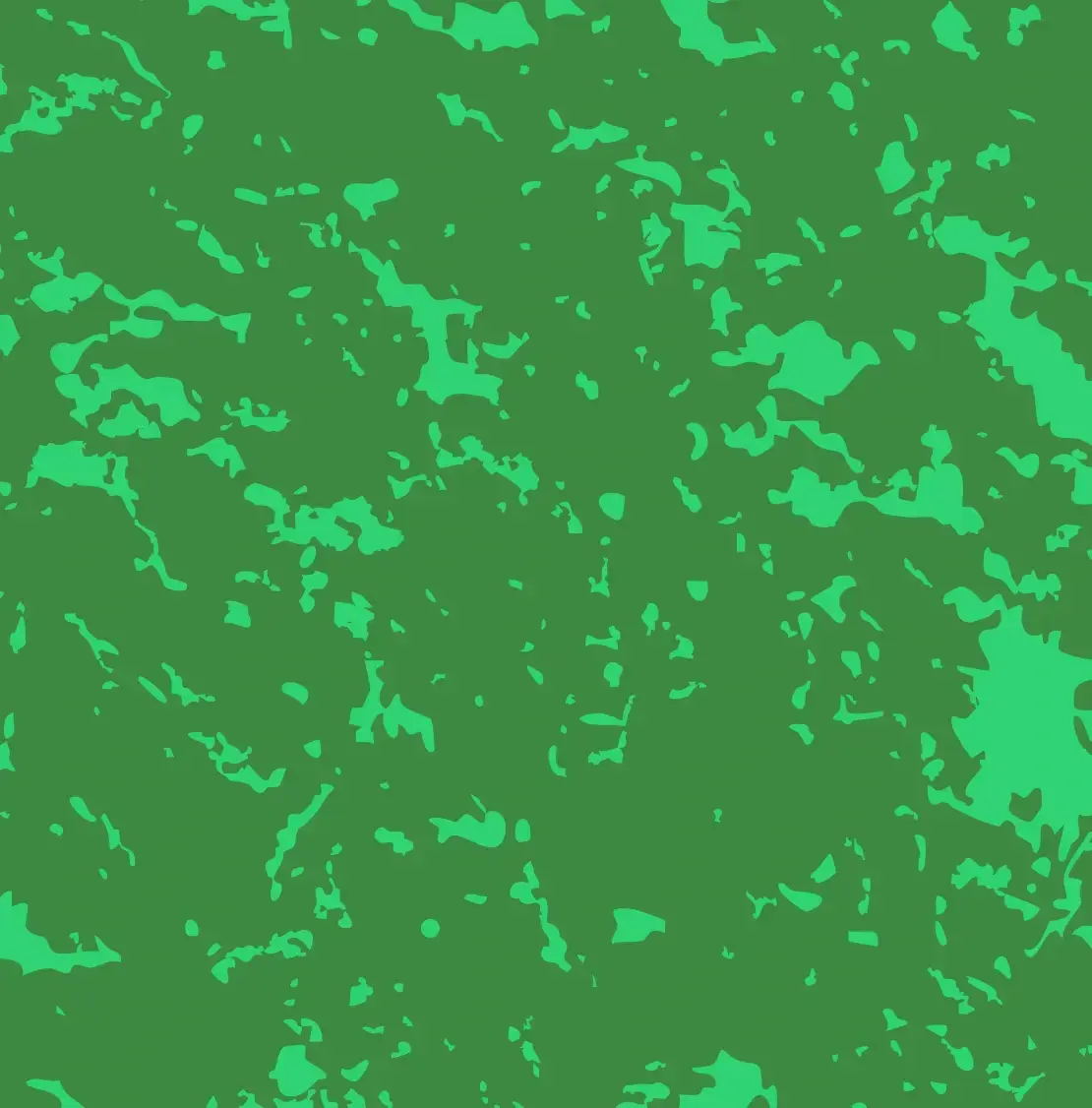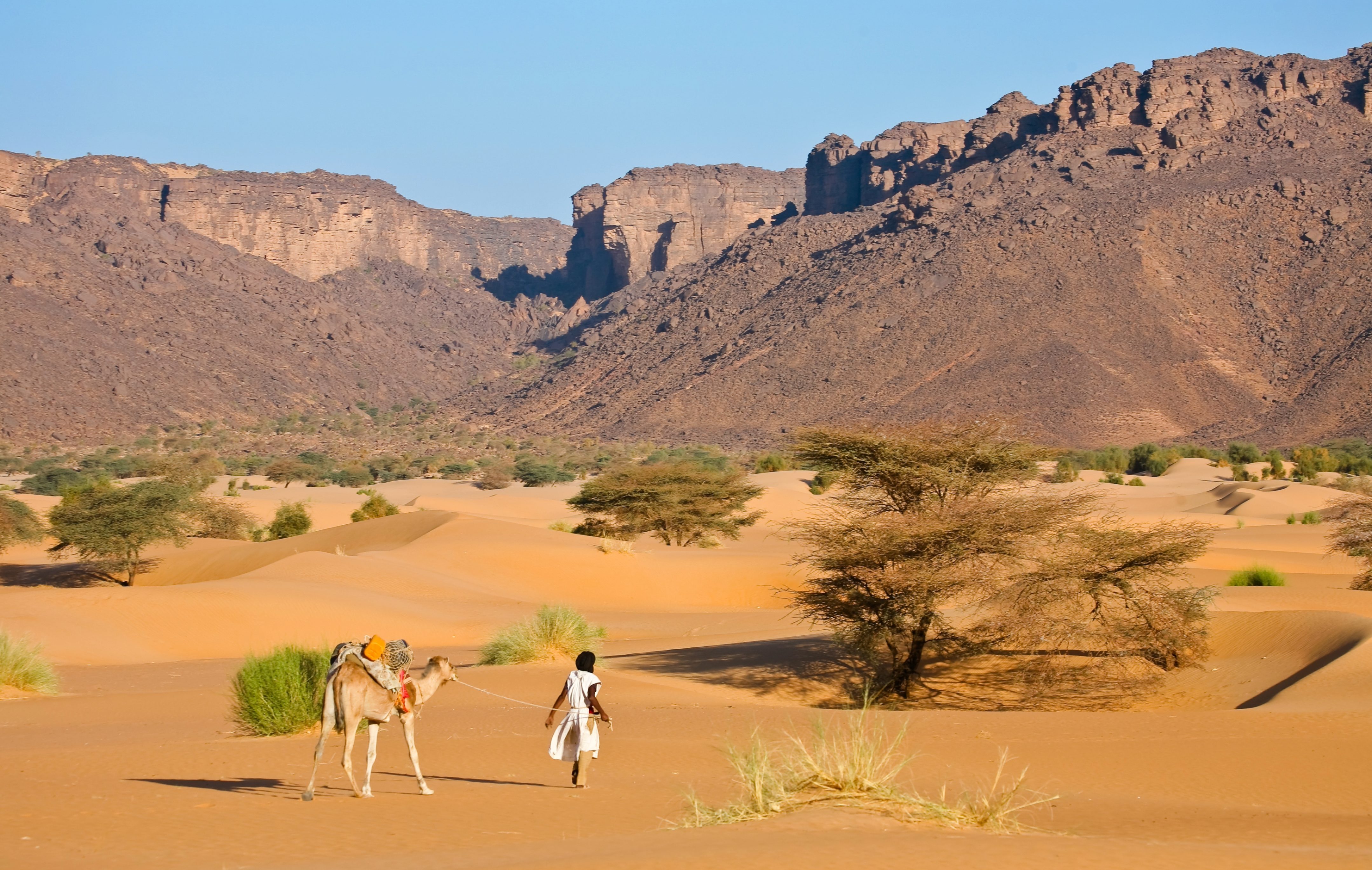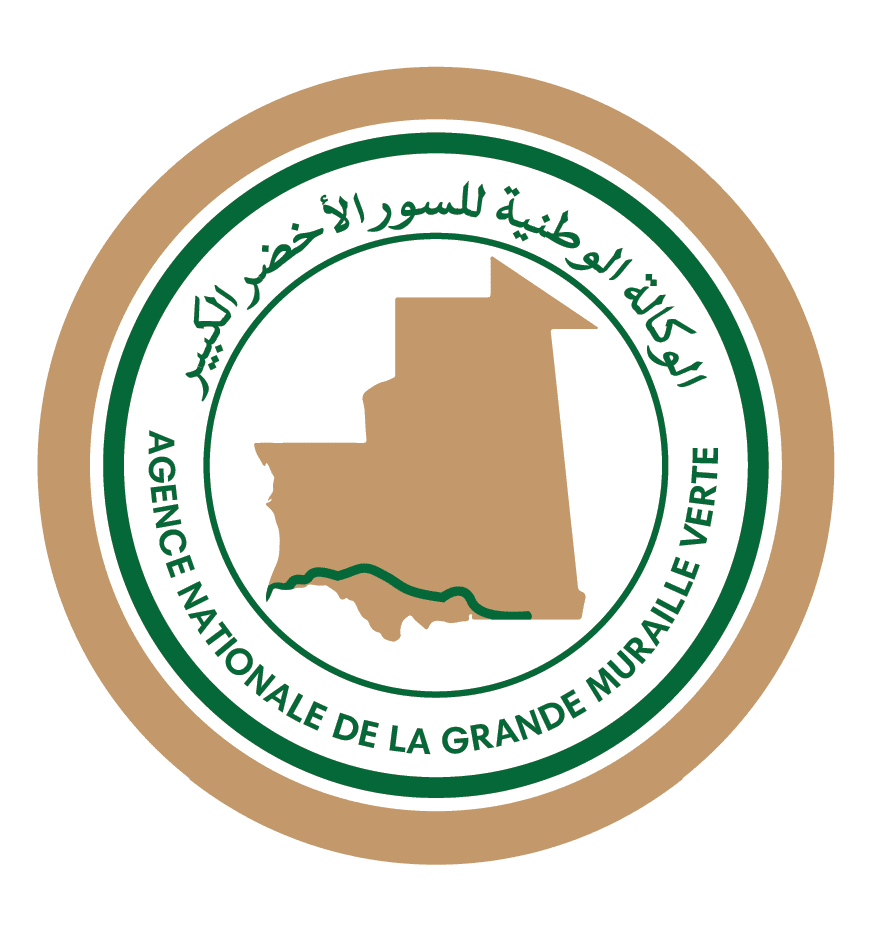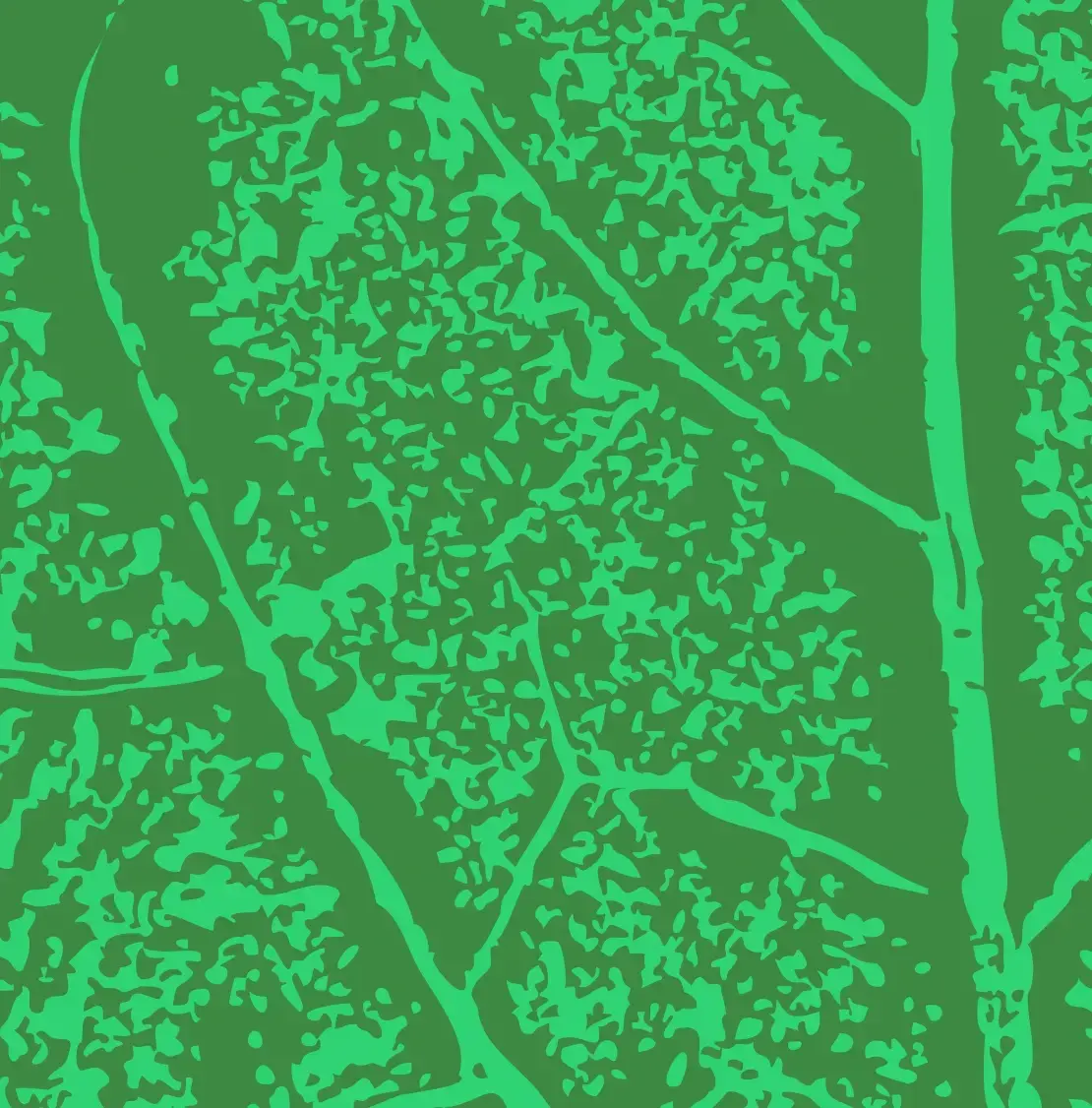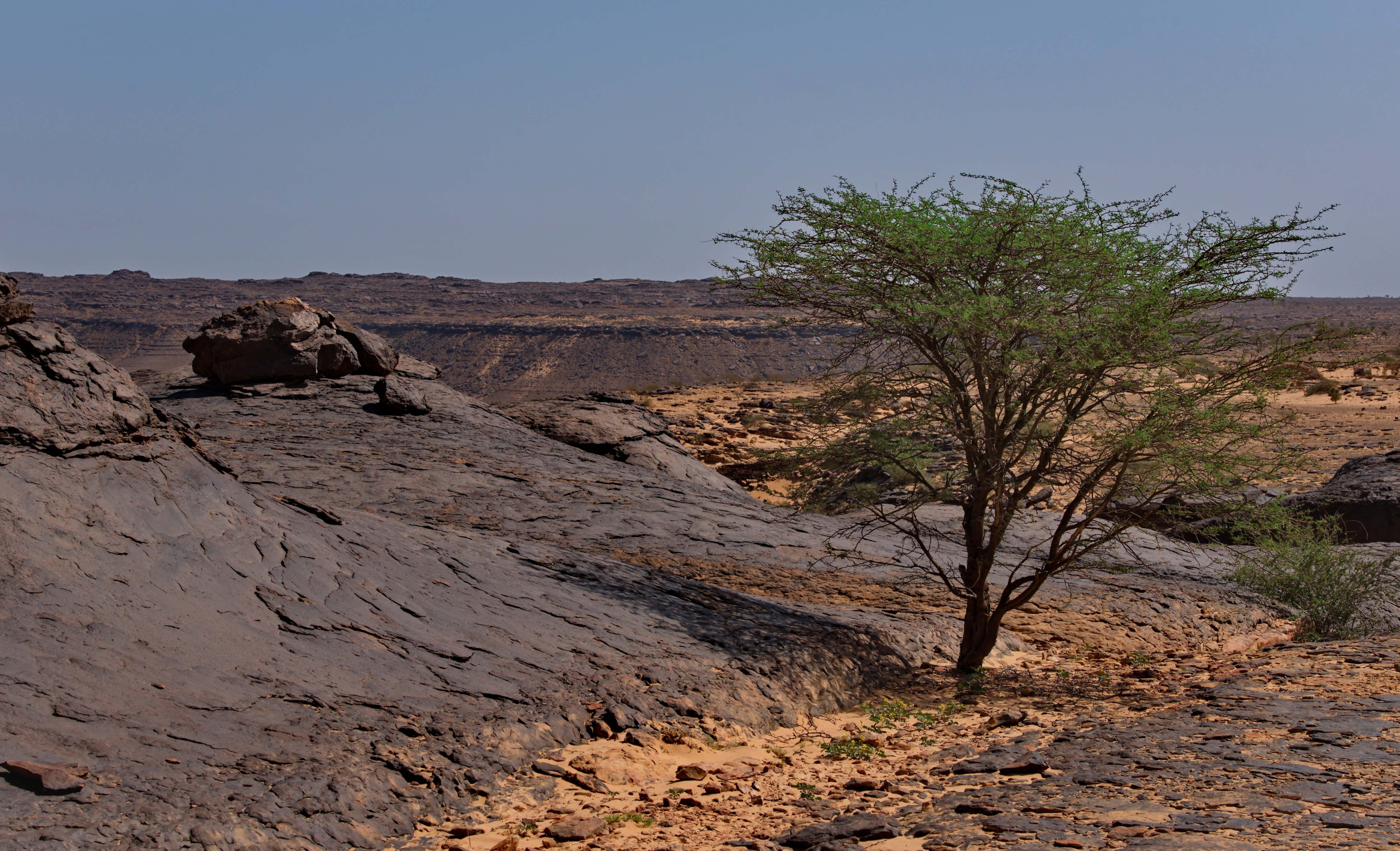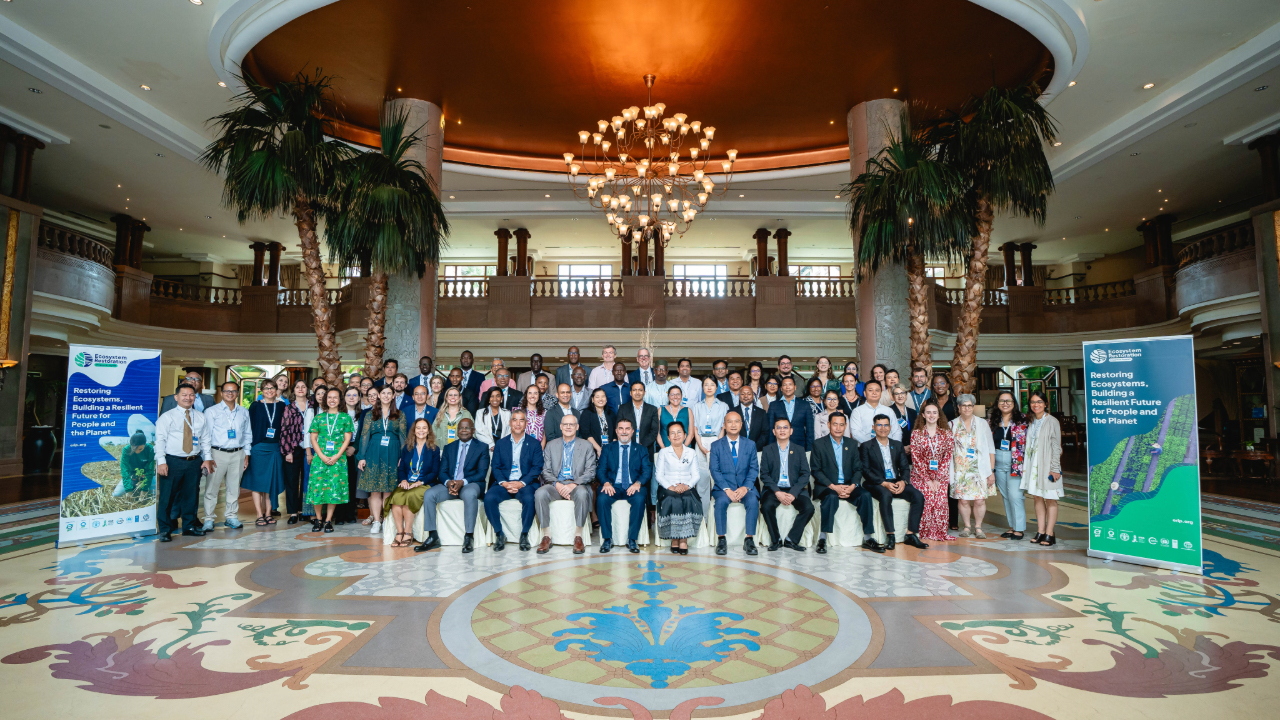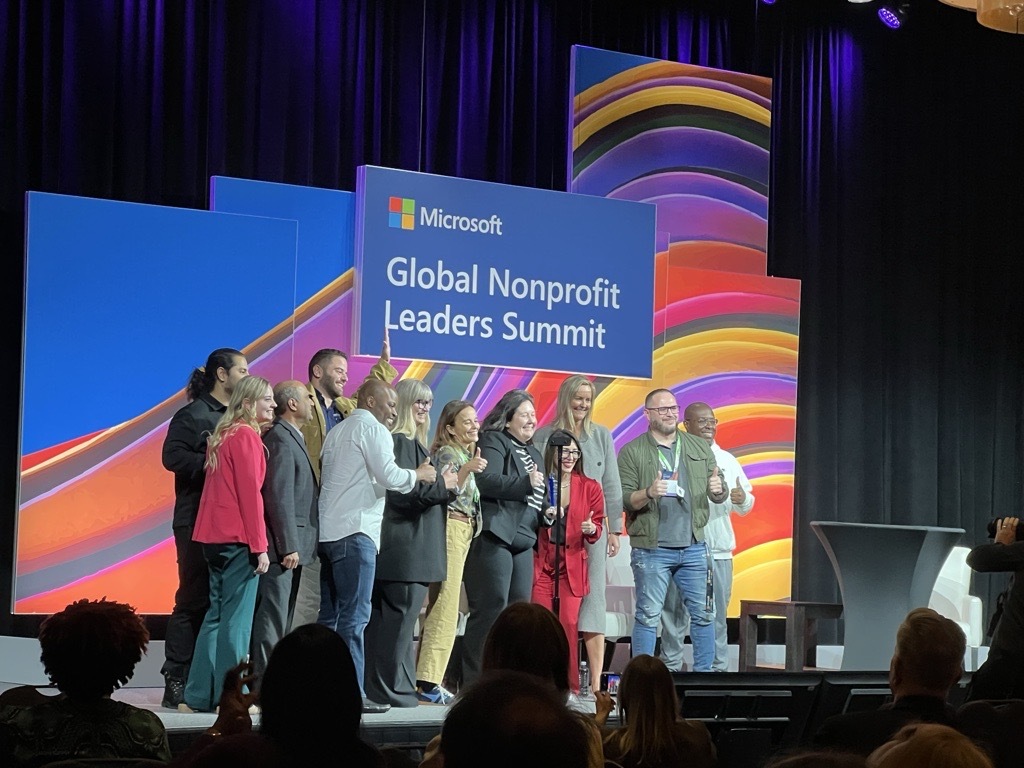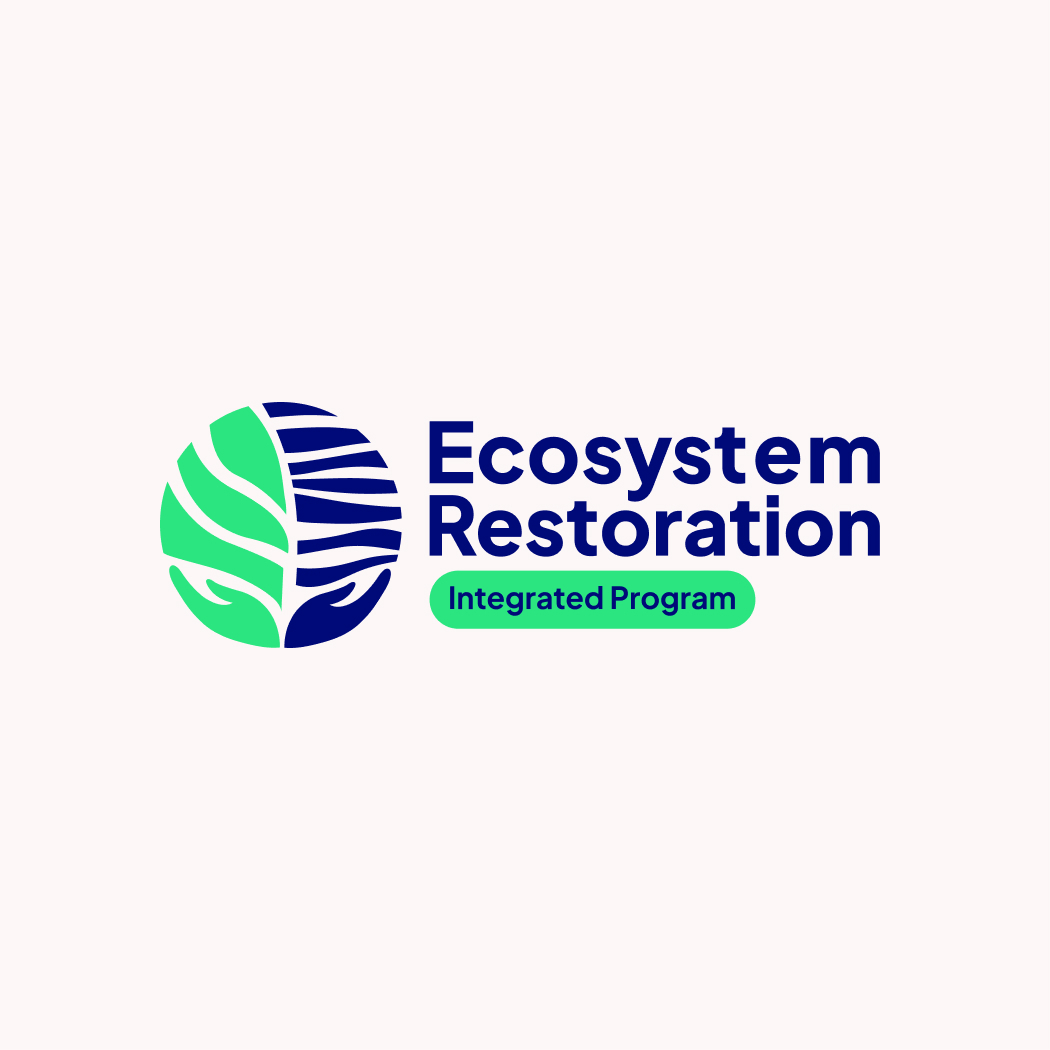Restoration Ambition
Mauritania is working to restore and sustainably manage its wetland ecosystems, aligning with national and global restoration goals to support biodiversity, improve livelihoods, and address climate change. The project will focus on enabling conditions by developing policy frameworks, strengthening coordination among stakeholders, and building technical capacity.
Restoration activities will include wetland rehabilitation through nature-based solutions, community-led actions, and agroforestry improvements such as establishing nurseries of indigenous species, planting protective hedges, and restoring specific degraded forest ecosystems.
Financing will be supported by developing local private sector enterprises, creating market linkages, and piloting ecosystem valuation and payment for ecosystem services. Knowledge sharing will be promoted through information exchange, capacity building, environmental education in primary schools, and regional meetings.
Photo credit: Adobe Stock 19764441
